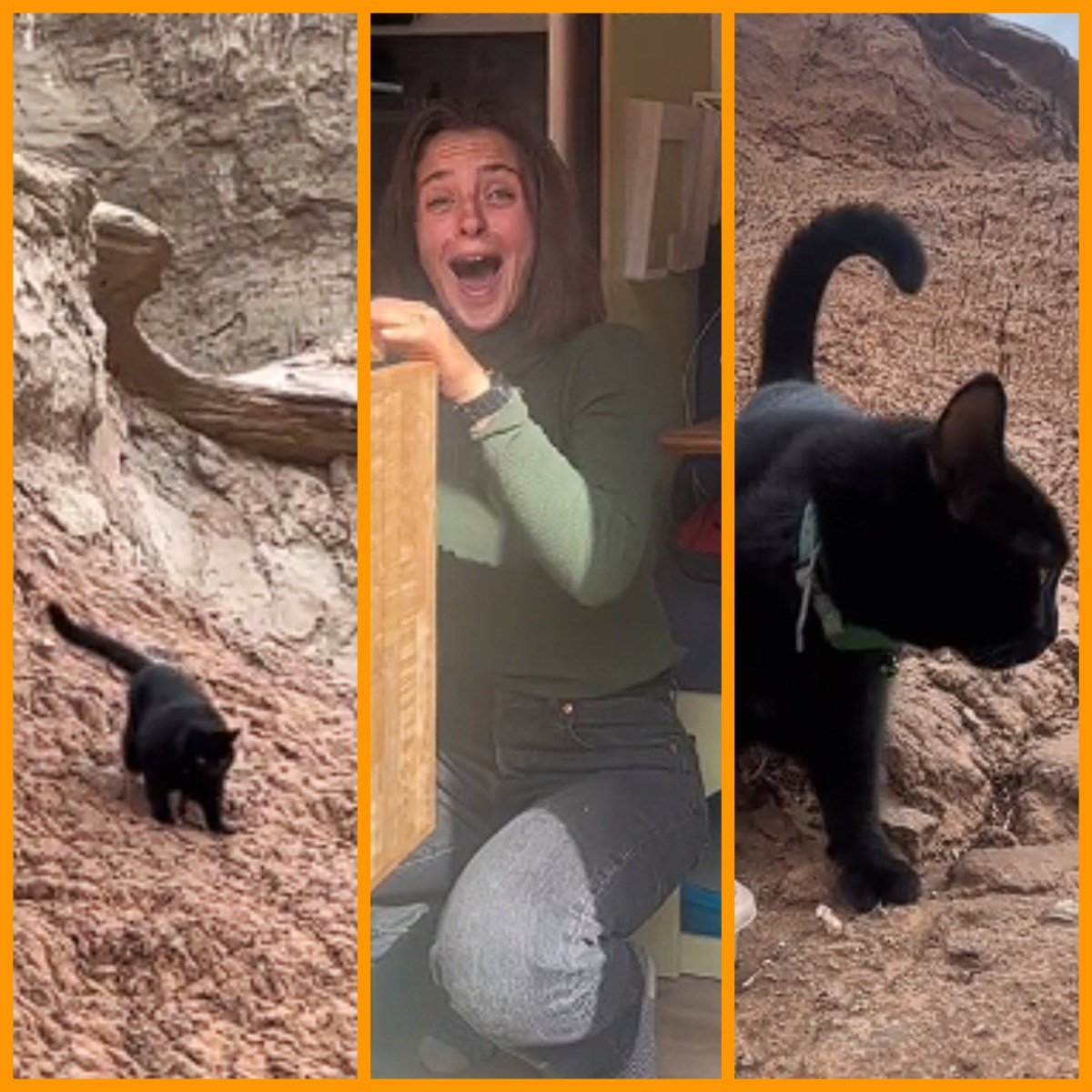In 1997, Jon Krakauer published Into Thin Air, an account of the author’s personal experience of the 1996 Mount Everest disaster, in which he is anything but shy about the esoteric perils that come with scaling such titanic, apathetic natural wonders.
I’m going to go out on a limb and presume that Penny the disabled cat hasn’t kept up with Krakauer’s literature in her time, because judging by a recent TikTok from her owner @morleykert, Penny is all but determined to recklessly fraternize with the clouds, insofar as her cerebellar hypoplasia will allow her.
In the video, a perpetually disoriented but supremely undeterred Penny appears to have made it her mission to go mountain climbing by any means necessary, only halting her ascent upon running out of footholds, and subsequently returning to her owners for a well-earned spot of lunch.
For those of you not in the know, cerebellar hypoplasia is caused by an underdevelopment of the cerebellum in the brain, often resulting in reduced motor capacity and muscular coordination. This can occur in humans, as well as in cats and other animals like our hero Penny.
However, one little-known fact about cerebellar hypoplasia, especially in cats, is that it makes you a much easier target for flying predators such as hawks and eagles, and the comments section of this particular TikTok all seem to be in very distressed agreement of that. Indeed, just about every response boasts some mention/plead of getting a hawk vest for Penny, who, let’s be honest, would probably reject it in the name of adrenaline anyway.
All that’s left to do now is wait for her non-fiction bestseller that details this harrowing adventure; move over, Into Thin Air, and make way for Hiking for Hypoplasia: A Personal Account of This 10-to-20-Minute Climb I Made.











Published: Apr 5, 2024 12:34 pm